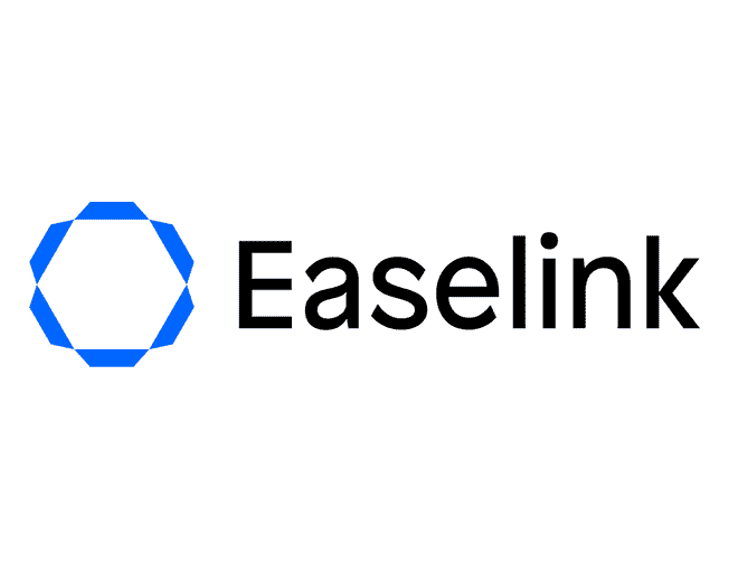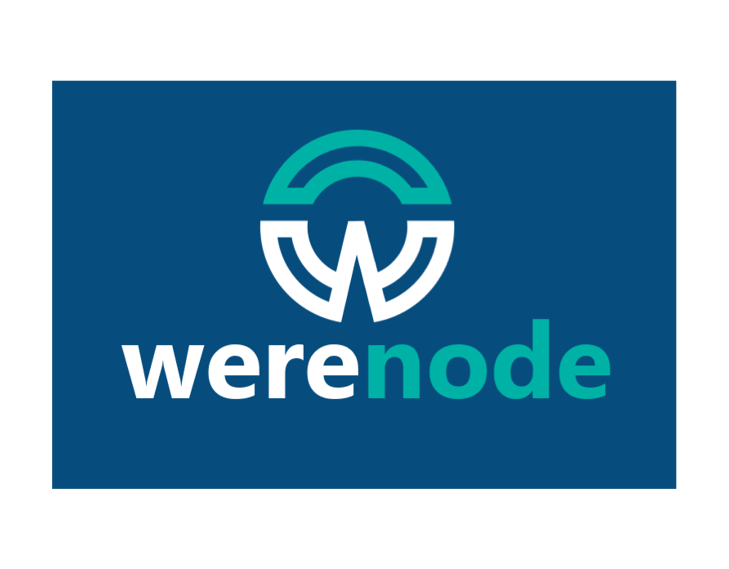123Fab #96
1 topic, 2 key figures, 3 startups to draw inspiration from

As the market for electric vehicles accelerates rapidly, so does the investment in charging infrastructure needed to support this growing market. While the vast majority of EV charging now takes place at home and at work, widespread, open-access public charging infrastructure will be essential to support EV drivers beyond early adopters.
In the past, proprietary electric vehicle charging technologies competed for market share. But this has changed in recent years, with pressure from regulators and automakers to provide EV drivers with a smoother, more reliable and interoperable charging experience.
Charging station interoperability
The technology behind charging station interoperability is universal roaming. It is analogous to the use of Automated Teller Machines (ATMs), which allow a consumer to access funds from any bank. Similarly, universal roaming allows an EV driver who is a member of a single network to access and pay at any public EV charger.
This therefore requires billing interoperability for which two business models exist:
- Peer-to-peer: bilateral roaming agreements are signed between two charging network providers to allow customers of one network to use and pay for charging at their competitors’ stations. The standard underlying peer-to-peer roaming is the Open Charge Point Interface (OCPI).
- Hub: a single neutral party acts as an intermediate data clearinghouse and contracts with each individual network service provider. This obviates the need for multiple individual contracts between all providers. The standard underlying hub roaming is ISO 15118.
The second business model, which bypasses the bureaucracy required by bilateral agreements, is the one that is gaining the most ground. Hub players include Hubject (German startup), Gireve (French), e-clearing.net (German startup), Mobi.E (Portugal startup) and others. Hubject is the leading player with over 1,000 B2B partners in over 52 countries and 4 continents, while the other 3 players are based in Europe.
Hub players are taking interoperability a step further with Plug & Charge. It enables automated authentication and billing processes between the EV and the charging station without the need for RFID cards, credit/debit cards, or charging apps, while ensuring secure transactions.
Vehicle-to-grid interoperability
Interoperability goes beyond billing. Indeed, bidirectional, vehicle-to-grid, or V2G, charging technology will be crucial to EV adoption and avoiding worst-case energy scenarios as EV charging demand surges. General Motors, for example, launched GM Energy in October. It includes GM’s Ultium Home and Ultium Commercial lines. Both will offer products and services that enable bidirectional charging to increase the grid’s reliability. Ford, meanwhile, has marketed the ability of its F-150 Lightning electric pickup to power a home in the event of a blackout. V2G technology has the potential to open up new revenue streams for automakers as they become more intertwined with the power grid.
Physical charging interface interoperability
After seeing a myriad of charging plugs spur, fragmentation has been mitigated. In Europe, Combined Charging System (CCS) is the standard: AC and DC charging sit in one plug. In Japan, the standard is CHAdeMO which will be adopted this year by China. While in the US, it’s Tesla’s Supercharger. But charging goes beyond wiring. Austrian startup Easelink raised €8.3M in January last year and is pioneering new technology. Its conductive charging system, named ‘Matrix Charging’, has the ambition to set up an automated charging network for electric vehicles without the driver ever stepping out or handling the charging cable. It consists of two main components: a vehicle unit attached to the vehicle’s underbody – Matrix Charging Connector – and an infrastructure unit at the parking space – Matrix Charging Pad.
In short, harmonization of technology standards and interoperability between the electric vehicle (EV) and the grid are making inroads. Similarly, widespread public charging access is being bolstered by uberization platforms such as French startup Werenode which enables private owners to provide access to their charging points. Thus, all stakeholders in public EV infrastructure— including EVSPs, electric companies, EV supply equipment OEMs, and automakers—must continue to join forces to streamline system integration and improve customer experience.
2 Key Figures
EV charging projected to reach $420 bn by 2030
The market was valued at $35 bn in 2021 and is projected to reach $420 bn by 2030, at a CAGR of 32%.
537 funded companies
Tracxn
3 startups to draw inspiration from

Hubject
Germany-based startup founded in 2012 that is the leading e-Roaming platform in Europe giving EV drivers a seamless charging experience across borders. Hubject is backed by Enel X.

Easelink
Austria-based startup founded in 2004 that has developed a wireless EV charging system, using its Matrix Charging system. Easelink is backed by EnBW and Wien Energie.

Werenode
France-based startup founded in 2018 that has developed a decentralized marketplace, leveraging blockchain, so that anyone can share their EV charging station. Fiat, XTZ or WRC tokens can be used to pay charging sessions.
Interested in a startup landscape or in an insights report?
Please fill out our contact form so that we can get back to you very quickly with our product offer.
Want to subscribe to our 123Fab?
Fill out our form to receive the latest insights into your inbox.
